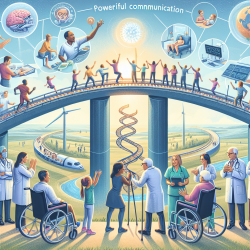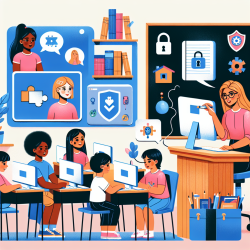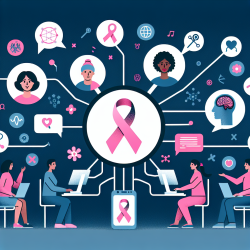Introduction
In the realm of pediatric rehabilitation, effective communication between healthcare providers is crucial in establishing realistic functional prognoses and achieving optimal outcomes. The recent case report titled A Case Report on the Communication between Oncologists and Physiatrists in the Establishment of Functional Prognosis while Undergoing Chimeric Antigen Receptor T-cell Therapy underscores the importance of collaboration between oncologists and physiatrists. This blog explores how practitioners can leverage these insights to enhance their communication skills and improve rehabilitation outcomes for children.
The Case Study: A Lesson in Communication
The case report details the journey of a patient undergoing Chimeric Antigen Receptor (CAR) T-cell therapy, a treatment known for its severe toxicities, including CAR-T-cell-related encephalopathy syndrome (CRES). The patient experienced significant complications, requiring intensive rehabilitation. A key takeaway from the study is the impact of communication between the oncologist and the physiatrist on the patient's emotional and physical recovery.
Initially, the oncologist set overly optimistic expectations for the patient's recovery, leading to emotional distress. However, the physiatrist intervened, providing a more realistic prognosis and setting achievable goals. This intervention not only alleviated the patient's distress but also facilitated a successful rehabilitation process.
Implementing Research Outcomes in Practice
For practitioners, the case study offers valuable insights into the role of communication in rehabilitation:
- Unified Messaging: Ensure that all healthcare providers convey a consistent message regarding prognosis and rehabilitation goals to avoid patient confusion and distress.
- Realistic Goal Setting: Set achievable and realistic goals based on the patient's current condition and potential for recovery, taking into account the complexities of their treatment.
- Patient Involvement: Engage patients and their families in the goal-setting process to enhance their understanding and involvement in their rehabilitation journey.
- Early Physiatrist Involvement: Involve physiatrists early in the treatment process to provide accurate functional prognoses and tailor rehabilitation plans accordingly.
Encouraging Further Research
While the case report provides valuable insights, further research is needed to explore the nuances of communication in pediatric rehabilitation settings. Practitioners are encouraged to delve deeper into this area, examining how communication strategies can be tailored to different patient populations and treatment contexts.
Conclusion
Effective communication between oncologists and physiatrists is vital in establishing realistic functional prognoses and achieving successful rehabilitation outcomes. By implementing the lessons from the case report, practitioners can enhance their communication skills and create better outcomes for children undergoing complex treatments.
To read the original research paper, please follow this link: A Case Report on the Communication between Oncologists and Physiatrists in the Establishment of Functional Prognosis while Undergoing Chimeric Antigen Receptor T-cell Therapy.










